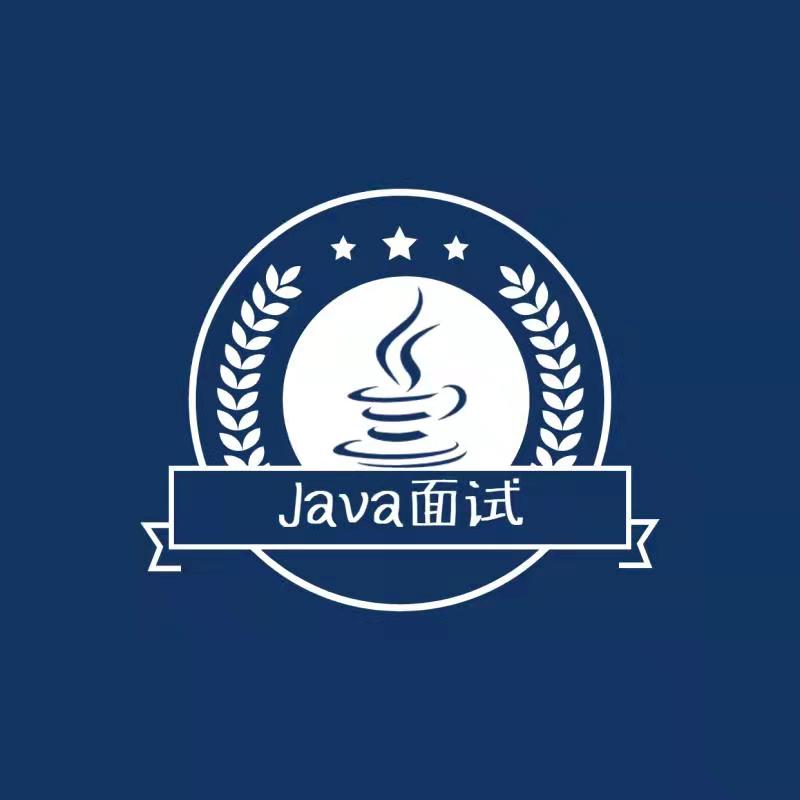问答题【348/1053】页面间对象传递的方法
难度:
2021-11-02 创建参考答案
题目要点
个人笔记
参考答案:
在 Web 开发中,页面之间的数据传递是非常常见的需求。对象传递通常用于不同页面之间共享用户信息、会话状态等。以下是常见的几种页面间对象传递的方法:
1. 通过 URL(Query String)传递
- 概念:通过将参数附加到 URL 的查询字符串部分,将数据从一个页面传递到另一个页面。
- 优点:
- 简单易懂,使用方便。
- 可以在浏览器地址栏中查看传递的数据。
- 缺点:
- 只能传递较小的数据(URL 长度限制)。
- 数据可能会暴露在 URL 中,不适合传递敏感信息。
- 示例:
在1<a href="nextPage.jsp?username=alice&age=25">Next Page</a>nextPage.jsp中,使用request.getParameter("username")和request.getParameter("age")获取数据。
2. 通过表单提交(Hidden Fields)传递
- 概念:通过 HTML 表单的隐藏字段(
<input type="hidden">)将数据传递到另一个页面。 - 优点:
- 相较于 URL,数据不会暴露在地址栏中。
- 适用于传递较多的数据。
- 缺点:
- 数据存储在页面中,如果表单被修改,数据可能会被篡改。
- 需要通过表单提交,数据传递通常是 POST 请求。
- 示例:
在1<form action="nextPage.jsp" method="POST"> 2 <input type="hidden" name="username" value="alice"> 3 <input type="hidden" name="age" value="25"> 4 <input type="submit" value="Submit"> 5</form>nextPage.jsp中,可以通过request.getParameter("username")和request.getParameter("age")获取传递的数据。
3. 通过 Session 存储传递
- 概念:通过 HTTP 会话(Session)在不同页面之间共享数据。数据存储在服务器端,会话标识符保存在客户端的 Cookie 中。
- 优点:
- 不会暴露数据,适用于需要保持用户登录信息等敏感数据的场景。
- 可以存储大量数据。
- 缺点:
- 需要服务端支持,增加了服务端的存储负担。
- 会话过期后,存储的数据会丢失。
- 示例:
在1// 在第一页面(如 Servlet 或 JSP 中)设置 Session 数据 2HttpSession session = request.getSession(); 3session.setAttribute("username", "alice"); 4session.setAttribute("age", 25);nextPage.jsp中,使用:1HttpSession session = request.getSession(); 2String username = (String) session.getAttribute("username"); 3int age = (Integer) session.getAttribute("age");
4. 通过 Request 转发(Request Dispatching)传递
- 概念:通过
RequestDispatcher将请求从一个页面转发到另一个页面,并通过request对象传递数据。 - 优点:
- 数据不会暴露在 URL 或客户端。
- 可以通过
request.setAttribute()设置对象或数据,转发时传递。
- 缺点:
- 只在服务器内部转发请求,无法跨浏览器或不同会话传递数据。
- 示例:
在1// 在第一个 Servlet 中设置数据并转发 2request.setAttribute("username", "alice"); 3request.setAttribute("age", 25); 4RequestDispatcher dispatcher = request.getRequestDispatcher("/nextPage.jsp"); 5dispatcher.forward(request, response);nextPage.jsp中,使用:1String username = (String) request.getAttribute("username"); 2int age = (Integer) request.getAttribute("age");
5. 通过 Cookie 传递
- 概念:通过 HTTP Cookie 存储数据并在客户端和服务器之间传递。客户端会将 Cookie 数据发送到服务器,服务器可以读取并使用这些数据。
- 优点:
- 数据存储在客户端,减少了服务器的存储负担。
- 数据会随每个请求自动传递,不需要显式传递。
- 缺点:
- 数据会暴露在客户端,可能被篡改。
- 数据存储大小有限(通常为 4KB)。
- 示例:
在1// 在 Servlet 中设置 Cookie 2Cookie cookie = new Cookie("username", "alice"); 3cookie.setMaxAge(3600); // 设置有效期为 1 小时 4response.addCookie(cookie);nextPage.jsp中:1Cookie[] cookies = request.getCookies(); 2for (Cookie cookie : cookies) { 3 if (cookie.getName().equals("username")) { 4 String username = cookie.getValue(); 5 } 6}
6. 通过 URL 重写传递
- 概念:通过将数据附加到 URL 上(作为查询参数)来传递数据,这种方式类似于 Query String,但通常用于不支持 Cookie 的环境。
- 优点:
- 不依赖客户端启用 Cookies。
- 缺点:
- URL 可能过长,数据会暴露。
- 示例:
1response.sendRedirect("nextPage.jsp?username=alice&age=25");
7. 通过 AJAX(异步请求)传递
- 概念:通过 AJAX 请求在前端与后端之间进行异步数据传输,通常使用 JSON 格式来传递对象数据。
- 优点:
- 异步请求,不需要刷新页面。
- 可以传递复杂的对象数据(如 JSON)。
- 缺点:
- 需要客户端支持 JavaScript 和 AJAX。
- 对于跨域请求,可能需要设置 CORS。
- 示例:
1$.ajax({ 2 url: "nextPage.jsp", 3 method: "POST", 4 data: { username: "alice", age: 25 }, 5 success: function(response) { 6 // 处理响应 7 } 8});
最近更新时间:2024-12-23
